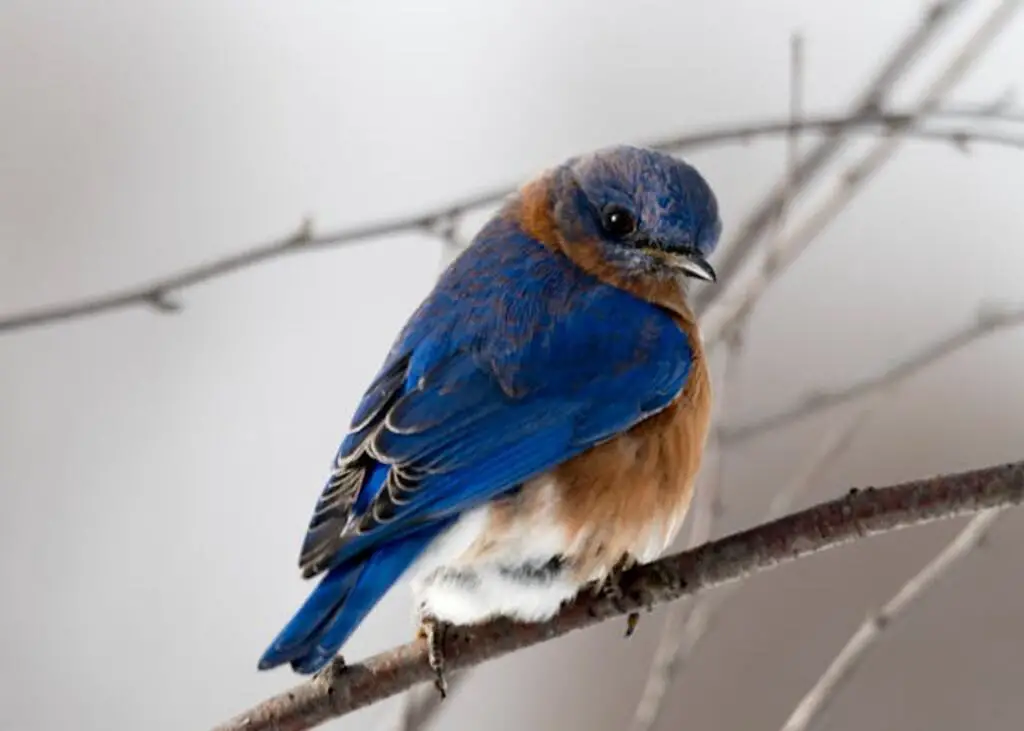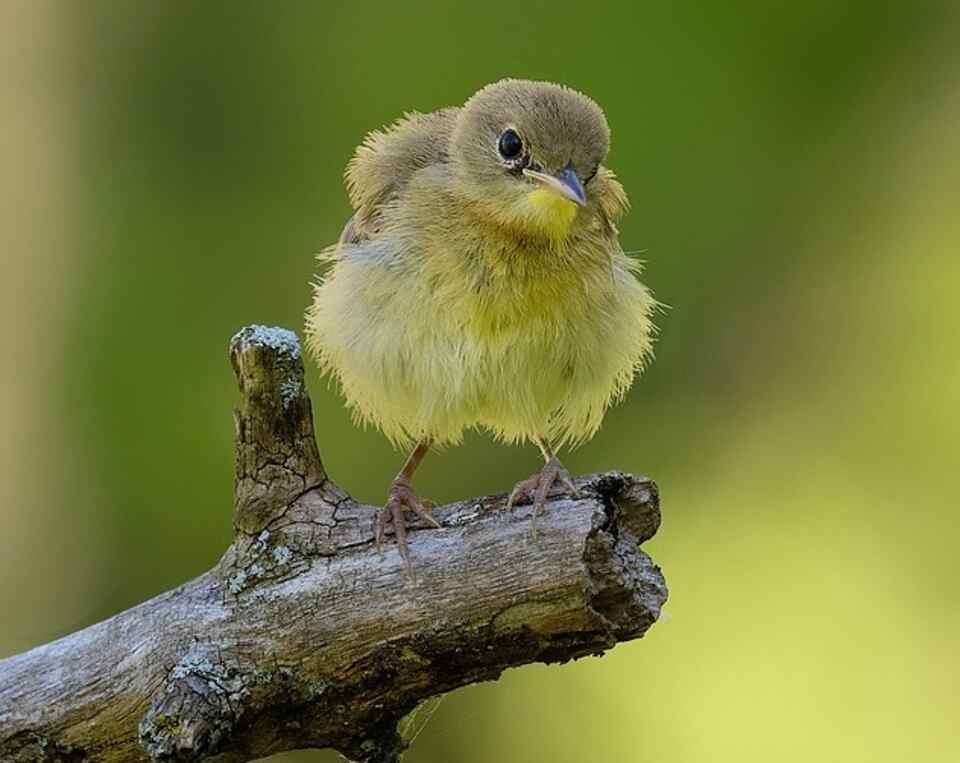Birds are fascinating creatures with unique behaviors that capture the curiosity of bird enthusiasts and animal lovers alike. One behavior that often intrigues people is when birds puff up their feathers. This behavior is not random; it serves various essential purposes in the lives of birds. Understanding why birds puff up can provide insights into their well-being and communication strategies.
Table of Contents
Reasons Why Birds Puff Up
Understanding the Physiology Behind Puffing Up
When birds puff up, they are not merely fluffing their feathers for aesthetic purposes. Puffing up is a physiological response that helps birds regulate their body temperature. By trapping a layer of air between their feathers, birds create insulation that helps them stay warm in colder temperatures. This process is especially crucial during the winter or in chillier climates where maintaining body heat is essential for survival.
Signalling Emotional State
Puffing up can also be a way for birds to communicate their emotional state. When birds feel threatened or agitated, they may puff up their feathers to appear larger and more intimidating to potential predators or rivals. This behavior serves as a visual warning to others to stay away and avoid any potential conflicts.
Displaying Courtship Behavior
In some bird species, puffing up is a display of courtship behavior. Male birds, in particular, may puff up their feathers to appear more attractive to potential mates. By showcasing their full plumage and puffing up to look more robust and healthy, male birds signal their fitness as a potential partner. This behavior is often accompanied by vocalizations and intricate dances to further impress potential mates.
Maintaining Health and Wellness
Healthy birds with well-maintained feathers are more likely to puff up effectively. Puffing up can help birds realign their feathers, making sure they are in optimal condition. By puffing up, birds can also stretch and exercise their muscles, promoting overall health and wellness. Additionally, puffing up can aid in the preening process, allowing birds to distribute natural oils across their feathers for better insulation and waterproofing.
Coping with Stress and Anxiety
Birds may also puff up their feathers in response to stress or anxiety. Similar to humans hugging themselves for comfort, birds may puff up as a way to self-soothe and feel more secure in challenging situations. Observing a bird puff up in a stressful environment can indicate that it is feeling overwhelmed and in need of some time to relax and recover.
Birds puff up for various reasons, including regulating body temperature, communicating emotions, displaying courtship behavior, maintaining health, and coping with stress. This behavior is a natural and essential aspect of avian life, showcasing the adaptability and complexity of these feathered creatures. Next time you see a bird puff up, take a moment to appreciate the significance behind this seemingly simple yet multifaceted behavior.
The Role of Puffing Up in Bird Behavior
Birds puff up for various reasons, and understanding this behavior can provide valuable insights into their well-being and communication. Let’s explore the significance of birds puffing up and delve into the reasons behind this intriguing behavior.
Importance of Puffing Up in Bird Behavior
Puffing up, also known as fluffing up, is a common behavior observed in birds across different species. This behavior involves a bird rapidly inflating its feathers, making itself appear larger and rounder than usual. While this behavior may seem simple at first glance, its significance in the avian world is profound.
Thermal Regulation
One of the primary reasons birds puff up is to regulate their body temperature. By trapping a layer of air within their feathers, birds create a buffer against cold temperatures, effectively insulating themselves from the chill. During colder weather or in chilly environments, puffing up helps birds maintain their body heat and stay warm.
Displaying Dominance and Aggression
Birds may also puff up as a display of dominance or aggression. By making themselves appear larger and more imposing, birds can assert their dominance over rivals or intimidate potential threats. This behavior is particularly common during territorial disputes or when competing for resources like food or mates.
Signaling Comfort and Relaxation
Interestingly, birds also puff up when they are content, comfortable, or relaxed. This behavior is often seen when birds are roosting, resting, or preening their feathers. Puffing up in these situations may indicate a sense of security and well-being, showcasing a bird’s state of relaxation and peace.
Camouflage and Protection
In some cases, birds puff up as a defensive mechanism to blend in with their surroundings or deter predators. By puffing up, birds can appear larger and more challenging to spot, making it easier for them to evade detection or ward off potential threats. This camouflage strategy helps birds stay safe in the wild.
Health Indicators
Monitoring a bird’s puffing-up behavior can also offer insights into its health and well-being. Changes in the frequency or intensity of puffing up could indicate stress, illness, or discomfort. By paying attention to these cues, bird owners and enthusiasts can address any underlying issues promptly.
The act of puffing up plays a crucial role in bird behavior, serving various functions such as thermal regulation, communication, and self-preservation. By observing and understanding why birds puff up, we can gain a deeper appreciation for these fascinating creatures and enhance our interactions with them. Next time you see a bird fluffing up its feathers, take a moment to consider the intricate reasons behind this seemingly simple yet significant behavior.
Conclusion
Birds puff up for various reasons, and this behavior plays a crucial role in their survival and communication. Understanding why birds puff up provides insights into their well-being, social interactions, and environmental adaptations. The act of puffing up is not merely a cute display but a sophisticated mechanism that reflects the complex lives of our avian friends. Whether it’s for thermoregulation, establishing dominance, attracting a mate, or signaling danger, puffing up serves as a unique window into the fascinating world of birds.
The reasons why birds puff up extend beyond mere fluffing of feathers. By regulating their body temperature through this behavior, birds can conserve energy and maintain their internal heat balance. During cold weather, puffing up creates an insulating layer of air between the feathers, serving as a natural form of insulation to keep the bird warm. Conversely, in hot weather, puffing up can help birds release excess body heat, allowing them to cool down through improved airflow over their skin.
Moreover, the act of puffing up is intricately linked to social dynamics within bird communities. When birds puff up as a display of dominance, they are asserting their authority and establishing hierarchies within their groups. This behavior can help avoid physical confrontations and maintain order among individuals, especially in situations where resources are limited. On the other hand, puffing up can also be a way for birds to attract mates by appearing more robust and healthy, thereby increasing their chances of successful reproduction.
In addition to thermoregulation and social signaling, puffing up plays a crucial role in bird communication. By altering their appearance through puffing up, birds can convey a wide range of messages to other members of their species. From expressing emotions such as fear or aggression to signaling a readiness to mate or warning others of potential threats, puffing up serves as a versatile form of non-verbal communication among birds.
The act of puffing up is a multifaceted behavior that reflects the intricate adaptations of birds to their environments. Whether it’s for maintaining body temperature, establishing social hierarchies, or communicating with peers, puffing up underscores the remarkable diversity and complexity of bird behavior. By observing and understanding why birds puff up, we gain a deeper appreciation for these magnificent creatures and the remarkable ways in which they navigate the challenges of their daily lives.
Next time you see a bird puffing up, take a moment to marvel at the hidden world of signals and interactions that this seemingly simple behavior conceals.



